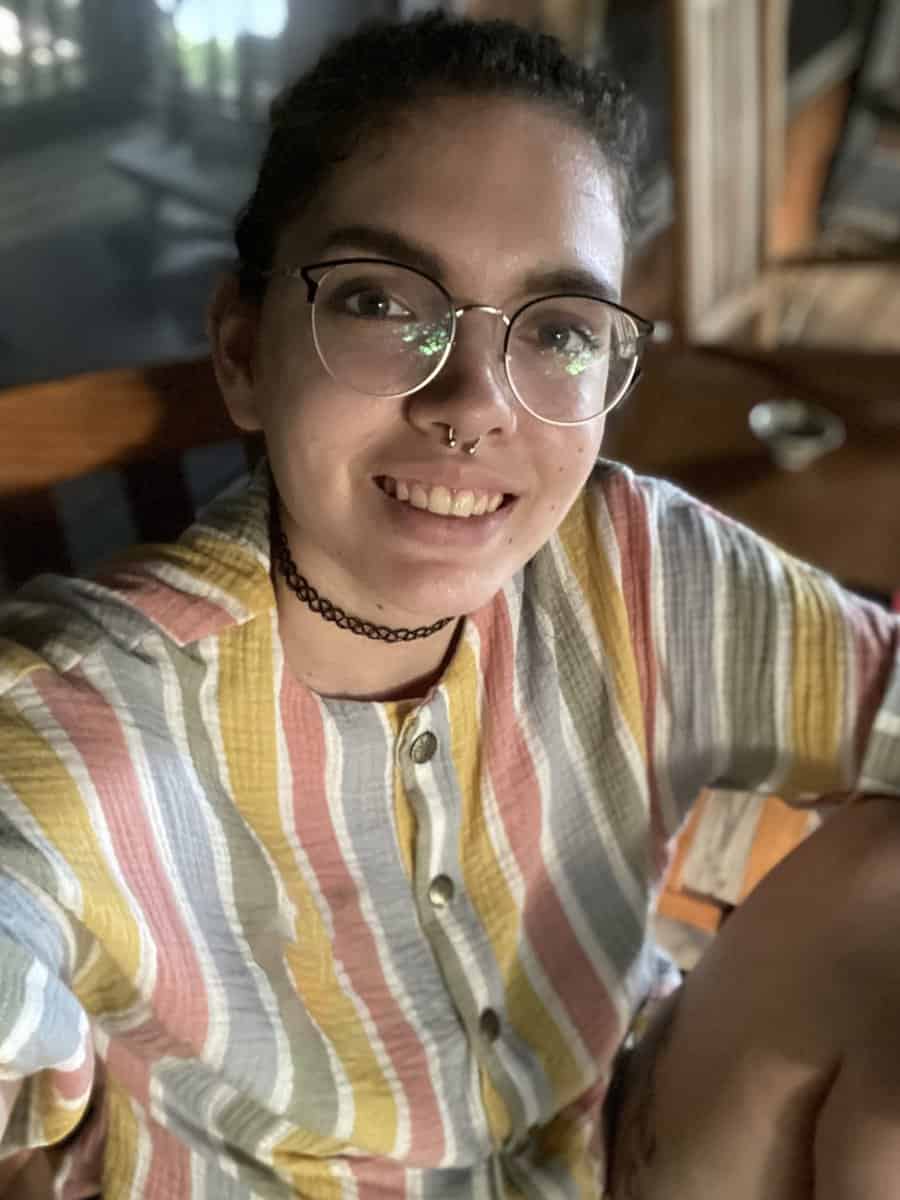Integrating sculpture and multi-digital processes has been my primary research this summer and I began with sketching out designs for my chandeliers. These chandeliers are inspired by sun patterns throughout the day as the final sculpture will emulate sun rays through a light installation with digital projectors.
I began with the pattern of Solar Noon, also known as the point in which the sun is highest in the sky during the day. I will complete a plexiglass sculpture that is reminiscent of sun rays shining and reflecting in a light-controlled installation space, creating an immersive atmosphere for my audience to experience. I’m close to the finished piece as I’ve begun prototyping for the chandeliers in question through the use of cardboard in order to move onto the final material of plexiglass.
The prototyping stage is crucial to the final design of the chandelier as plexiglass is a material that is costly, therefore it’s important to get the design correct on the first cut. Cardboard is a cheaper alternative that lends itself to many attempts. It’s here where I’ve been perfecting the designs and editing them through test runs that will be more fulfilling once a final plexiglass design is rendered. The chandelier is made up of six arms (three pairs) with a central structure that allows arm designs to be switched out at will. Solar flares are the inspiration for many of the designs, but the point of the day at which they’re represented (Solar Noon, Sun Rise, Sun Set) determines the design of the primary arms of that sculpture.
In my video below, I explain my process and my journey with the Digital Scholarship throughout the summer. It features video of the laser cutting process, specifically of the cardboard prototype cut-outs, as well as one of the cardboard chandeliers as it’s finished design. The next step is to print a plexiglass version of this on the laser cutter and then to prepare them for the projection mapping phase.
